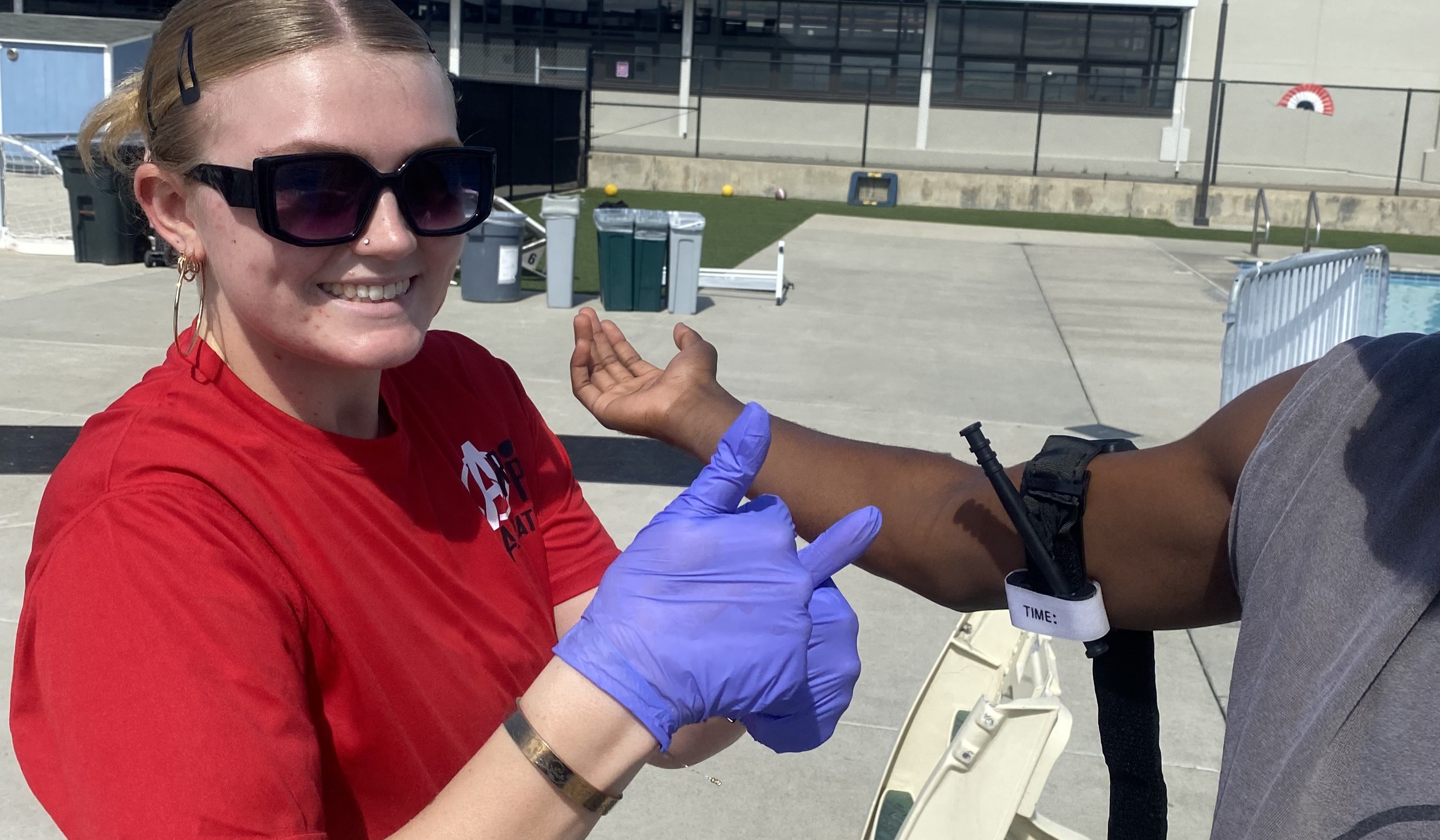Many local governments do not have the resources to enforce pool safety codes, leaving professionals in the field with the task of shouldering much of the responsibility.
A recent study conducted by Pool & Spa News found that the vast majority of contractors are frequently confronted with glaring hazards. That doesn’t mean most pools are illegal per se. A single-drain 30-year-old vessel is considered compliant because it was built to code at the time of construction.
However, pool contractors still encounter dangerous conditions — i.e. broken drain covers and shoddy fences — that should be addressed even if a remodel isn’t required by law. Or, perhaps they feel strongly enough about a particular safety measure, such as equipping pools with anti-entrapment covers, that they’ll refuse service lest they be held liable.
Not only are pool industry members on the frontlines of enforcement, they’re often the only conduit through which homeowners are made aware of current codes. That can be both good and bad for the contractor. The good: A contractor preparing a bid to replaster a pool, for example, can include needed safety improvements in the proposal, making the job more lucrative.
That’s a common scenario for Mike Logan and by and large, his clients are willing to oblige. “Most customers don’t balk,” says the owner of Logan Pools in Brentwood, Calif. “You paint the ugly picture of someone getting stuck in [a drain] and they’ll usually go through it.”
Now, the bad part: Sometimes the other contractors who bid on a given job don’t notify the homeowner that the drain should be split, making it appear that Logan is trying to upsell the client. Though he only tacks on several hundred dollars to add another drain as part of the proposal, sometimes that’s enough to lose the job to the lower bidder.
But that’s just as well. Logan is among the 53 percent of survey respondents who refuse to work on pools unless clients agree to address certain issues, such as missing or broken drain covers, gates in disrepair, or inadequate layers of protection.
“I just won’t do it out of good conscience,” he says.
Jorge Martinez is another contractor who occasionally gets the third-degree from clients when he advises them to comply with local ordinances. The San Antonio builder and service tech routinely finds fences in violation of the city’s self-closing, self-latching law. (The survey found that latching was the No. 1 reason why fences failed to meet code in Texas.) “Half the time, the locking mechanism is malfunctioning,” or the gate swings in toward the pool, instead out, says the owner of JMpoolspa.
Though the survey indicates the industry, overall, is doing an effective job making backyard pools safer, Martinez says it still has a long way to go.
“I just don’t think we’ve done our part to get the word out,” he says, adding that many homeowners are oblivious to local ordinances. “I always have to tell them, ‘It’s not that we’re trying to upsell you on a fence, we’re trying to bring you in compliance.’”
He wants the industry to make a concerted effort to educate people on current codes.
Logan agrees. As a member of the San Antonio chapter of the Independent Pool & Spa Service Association, he would like to see his peers combine their resources for a targeted public service campaign that would outline swimming pool safety requirements. That way, homeowners would be less likely to assume contractors are merely marking up costs when they point out various violations.
Though more than half of respondents indicated their willingness to walk away from jobs that present too many potential liabilities, others are unwilling to lose the business or don’t feel it’s their responsibility to be pool police.
Casey Gardner, owner of No Worries Pool Care in the Dallas-Fort Worth area, sees a lot of old drain covers and inadequate fencing along his routes.
“Sometimes we see them barely hanging on by the hinges. … We try to advise them that they need to be corrected or adjusted,” he says, but he’s not about to refuse service, “and then lose 60 percent of my business.”
Nearly 53 percent of respondents will refuse service if a client chooses to leave a pool with possibly hazardous conditions.
If you don’t want to assume the risk, dropping a client is your best bet, says Ray Arouesty, president of Arrow Insurance in suburban Los Angeles.
However, many survey respondents indicated they use a waiver, allowing them to work under the assumption that they’ll be free and clear of potential injuries or property damage.
A bulletproof defense mechanism, right?
Not so fast.
A waiver is simply an agreement between two parties; a contractor and a homeowner, in this case.
“The problem is the neighbor’s kids are swimming in the pool and one of them gets injured, or worse, and now a lawsuit is filed by the neighbors against the pool owner and the pool tech,” Arouesty says.
Yes, the waiver holds you harmless by the homeowner, but not by visitors stopping by for a dip.
So, carefully wager whether a waiver is worth it.
Even better is a certified letter. It’s an effective measure whereby the contractor gives the client an ultimatum: Fix the pool, or find a new service provider.
“It’s got to point out in very, very specific terms what the reason for the termination is,” Arouesty advises.
This means that it’s not enough to say the main drain cover is broken, you have to say that it’s a entrapment risk. Also, include a bid for the repair and the date your services will cease.
“Now, that’s not saying he won’t be sued,” Arouesty cautions, “but if he had that letter, that goes a long way to getting that lawsuit against the pool tech dismissed.”
This is Part 1 of our survey. Read Part 2 of the survey here.



